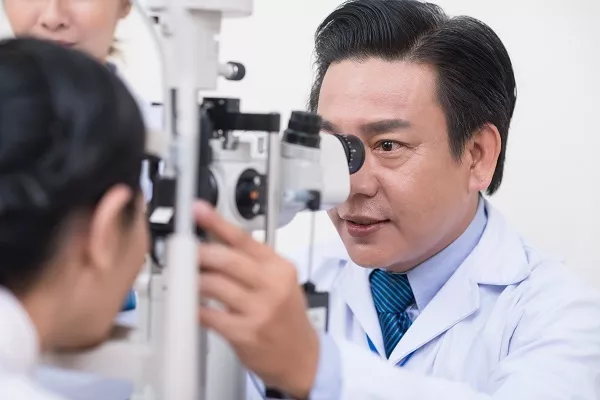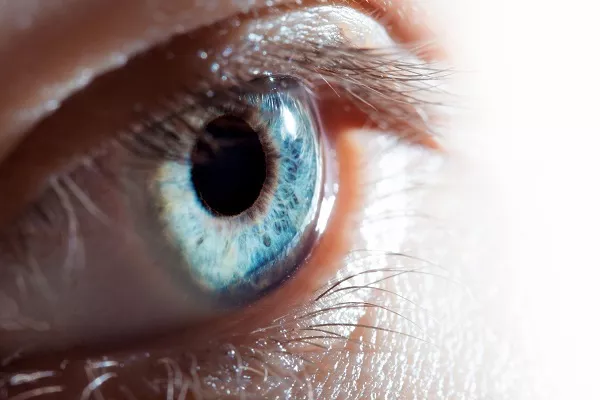Sleep is very important for the human body. Having a good sleep can restore the cells of organs and tissues throughout the body. Maintaining sufficient sleep every day can also have good health benefits, such as strengthening the body, nourishing qi and blood, and strengthening the spleen and stomach.
Once the body suffers from long-term sleep deprivation, it will have a significant impact on physical health and accelerate aging.
Ms. Liu, who is 50 years old, has been suffering from insomnia for many years. Long term lack of sleep has caused her body to gradually lose weight, so she came to the hospital for treatment, hoping that the doctor could solve her insomnia problem. After inquiring about the cause of Ms. Liu’s insomnia, the doctor surprisingly did not diagnose and prescribe medication for her, but instead asked her husband to come for treatment.
Originally, Ms. Liu’s years of insomnia were actually related to her husband. Every night, while Ms. Liu was sleeping soundly, her husband would punch and kick her, and sometimes even touch the bed and walls, causing bruises on her hands and feet. After being beaten, Ms. Liu would wake her husband up and ask him why he had such behavior. Ms. Liu’s husband explained that he had been hitting a bad person in his dream. Her husband’s prolonged behavior while sleeping made Ms. Liu constantly anxious, ultimately leading to insomnia.

Accompanied by Ms. Liu, her husband underwent relevant examinations at the hospital, and the results showed that her husband suffered from “Parkinson’s disease eye movement disorder” accompanied by severe sleep disorders. The doctor explained to Ms. Liu that Parkinson’s disease patients not only have limb movement disorders, but also eye movement disorders are a major characteristic. (The story originates from the internet)

What is eye movement disorder?
The oculomotor, trochlear, and abduction nerves have the function of controlling the movement of extraocular muscles of the eye, known as oculomotor nerves. When the above-mentioned nerves or nuclei are damaged individually or in combination, there may be impaired eye movement or diplopia, and complete damage may result in complete paralysis of the extraocular muscles and immobility of the eyeball. External muscle paralysis caused by injury, infection, or myopathy can also result in eye movement disorders, collectively referred to as eye movement disorders in clinical practice. (From Baidu Baike)
When the normal eyeball rotates inward, the inner edge of the pupil can reach a straight line connecting the upper and lower tear points. When it rotates outward, the cornea can reach the outer corner of the eye, and the range of upward and downward movement is about 5mm. If the eye movement cannot meet the above conditions, it can be confirmed as eye movement disorder. According to the pathogenesis, eye movement disorders can be roughly divided into two types: coordinated movement disorders and eye movement disorders caused by extraocular muscle paralysis.
The causes of eye movement disorders
Eye movement nerve damage
The etiology and mechanism of eye movement nerve damage include paralysis and paralysis of the trochlear nerve, abductor nerve, and extraocular muscles. Common diseases include aneurysms, posterior cranial fossa tumors, cavernous sinus lesions, multiple sclerosis, intracranial hypertension or hypotension, and so on.
In addition, paralysis of nuclear eye muscles, interstitial eye muscles, and supranuclear eye muscles can also lead to damage to the oculomotor nerves. Common diseases include lesions in various parts of the brainstem, frontal lobe, and superior colliculus, such as inflammation, tumors, cerebrovascular disease, trauma, degenerative diseases, multiple sclerosis, etc.
other reasons
Factors that can lead to eye movement disorders also include some systemic diseases, such as diabetes, thyroiditis or pituitary dysfunction. Congenital ophthalmoplegia, intracranial injury or trauma, orbital fracture, hematoma, tumor, and foreign body in the orbital apex can also cause eye movement disorders.
Treatment of eye movement disorders
Clinical treatment mainly focuses on the etiology. If eye movement disorders caused by systemic diseases, such as diabetes, thyroiditis, etc., you need to take hypoglycemic drugs or inject insulin to reduce blood sugar, and use small doses of antithyroid drugs to treat thyroiditis. Intracranial trauma, orbital fractures, eye tumors, etc. should be promptly treated with medical care, and surgical treatment should be performed if necessary.
Ms. Liu’s husband’s “Parkinson’s disease eye movement disorder” can be treated with dopamine receptor agonists and other methods. When receiving treatment, it is also necessary to pay attention to the safety of the patient’s bedroom, remove sharp objects in the bedroom, and install protective measures at corners, headboards, floors, etc. to prevent injury when the patient falls ill.
